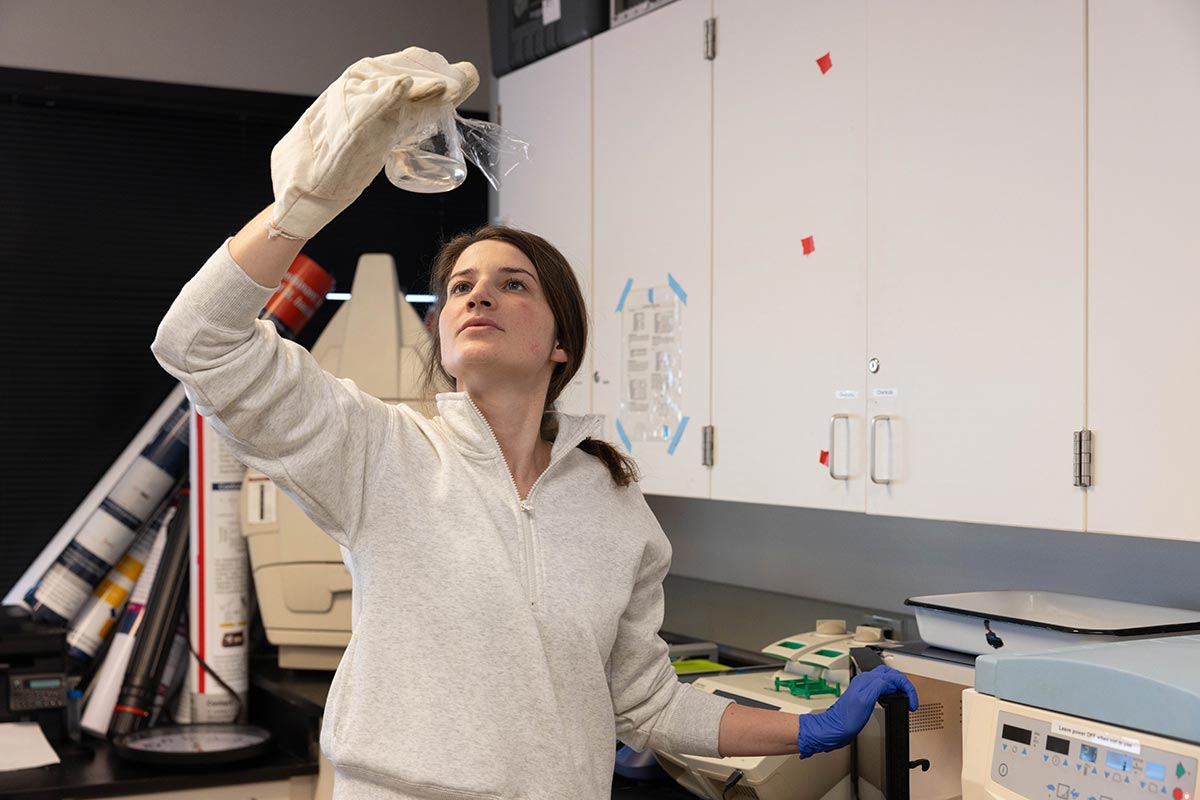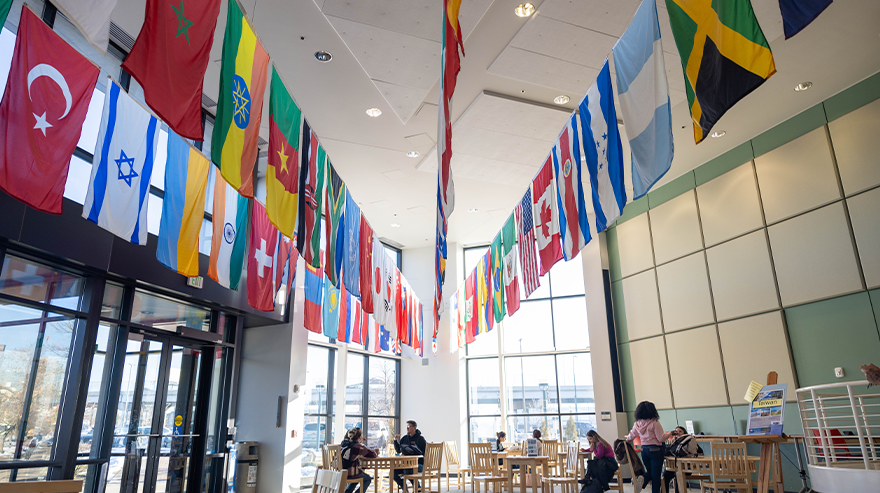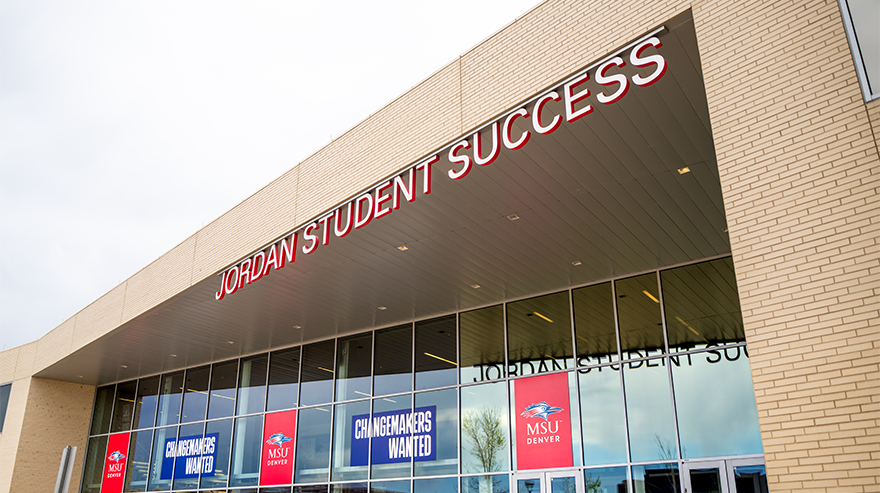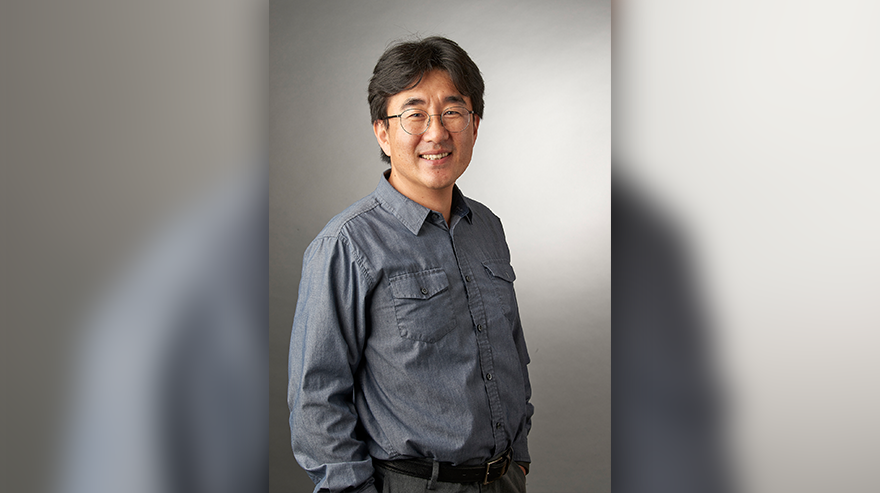Just as organisms in an ecosystem collaborate for survival and balance, partners in a STEM ecosystem work together to sustain education and the future workforce.
In 2022, Metropolitan State University of Denver became the backbone organization for the refresh of the Colorado STEM Ecosystem, dubbed Colorado STEM Ecosystem 2.0. The statewide grassroots coalition of education, business, government and community partners aims to bridge educational and economic needs across the state.

The Ecosystem is designed to connect STEM-based educators and students associated with employers that could use their skills and expertise. Colorado has vibrant STEM-based industries that often struggle to recruit talent within the state. Yet the education and industry sectors are rarely at the same table to talk about closing such gaps in Colorado, said Janelle M. Johnson, Ph.D., director of the program and a professor of STEM education at MSU Denver.
With leadership from MSU Denver and support from the Colorado Department of Education and others, the coalition has grown and diversified its reach, making a difference while earning positive feedback from STEM leaders nationwide for its innovative digital infrastructure and inclusive coalition-building approach.
Growing a Colorado presence
One of 100 STEM ecosystems across the country, Colorado’s STEM Ecosystem has received global recognition for aligning educational outcomes with industry demands. The program provides updates, social media, workshops, seminars and training sessions on various STEM topics and industry trends, giving members an opportunity to grow their network while enhancing their knowledge and skills.
Though the STEM acronym stands for science, technology, engineering and math, Johnson said she applies the term more broadly to encourage cross-pollination of resources, ideas and connections.
“People are starting to realize that we need to come together across typical conversation boundaries,” Johnson said. “The real strength of our Ecosystem is the diversity of the organizations and people involved.”
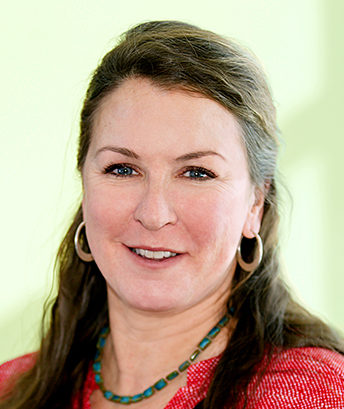
The program’s impact is evident in its many success stories. For example, one donor from the advanced-manufacturing industry provided equipment to a school; a medical researcher from the University of Colorado Anschutz Medical Campus connected with schools for STEM mentoring; and the Colorado Afterschool Alliance sought industry mentors to connect with students in rural schools.
Despite scarce marketing and financial resources, the Ecosystem has made more than 2,000 connections from over 300 participating organizations and individuals. Johnson said the initiative would be even stronger if more people and organizations came aboard.
Despite the initiative’s successes, many MSU Denver staff members, faculty members and students may still be unaware of the program.
“Our goal is to bring more people to the table,” Johnson said.
Technology fuels growth and interest
One way the Ecosystem is enlarging its footprint locally and nationwide is through technology.
For example, the Ecosystem’s mapping platform lets members identify potential partners and resources for projects and automatically updates whenever a new member joins the network.
The mapping platform was built in large part by Joshua Kumin, a recent MSU Denver graduate. As an active partner in the Ecosystem, Kumin has worked to broaden access to STEM education resources and learning opportunities throughout Colorado.
“I think of the Ecosystem as a way to spread and disseminate really good ideas, models and frameworks,” Kumin said.
In building the mapping platform, Kumin worked with software developed by Kumu, a California-based software company. Kumu recently gave the Colorado program kudos on LinkedIn for using the technology in an innovative and inclusive way.
“We’ve grown organically and through word of mouth,” said Andy Thyyring, Ed.D., executive director of MSU Denver’s Office of Education Solutions, a supporter of the Ecosystem. “Folks from other states and countries are intrigued by that.”
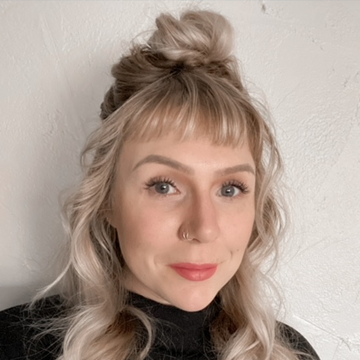
For example, members of the Colorado STEM Ecosystem 2.0 team recently shared their insights on building a digital infrastructure with a group from Ukraine looking to create a STEM ecosystem for girls and women. The Colorado Department of Labor and Employment is also using the Ecosystem to find industry placements for teachers interested in a state externship program that allows educators to gain real-life work experience to share with students.
How and why to get involved
By joining the Ecosystem, MSU Denver faculty and staff members can help connect their programs to valuable networking opportunities while helping to connect students to enriched learning experiences, cutting-edge research and potential STEM careers.
“Involvement in the Ecosystem bridges gaps between the University and the broader STEM community, and that is the key to optimizing the network’s reach and achieving its goals of innovation, equity and excellence in STEM education,” Johnson said.
Complete a brief membership form to share your professional connections, partnerships, regions served, data-collection methods, challenges and other information that could benefit the growing network.
The Colorado STEM Ecosystem is also hosting Leveraging a Broader Vision of STEM in Colorado events on Sept. 14 and Sept. 21. Learn more and register on the program website.




